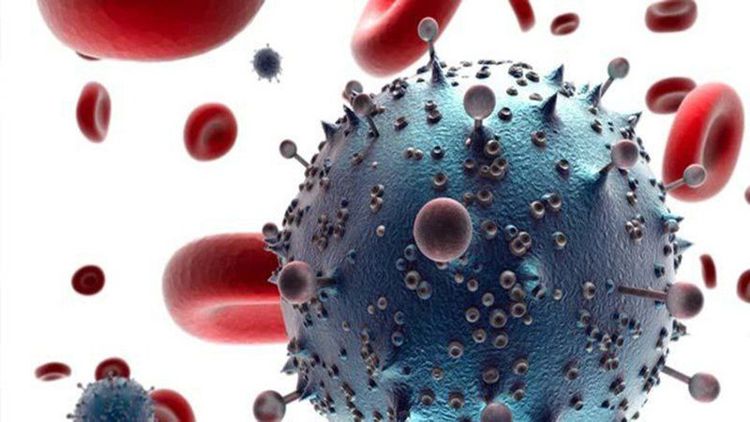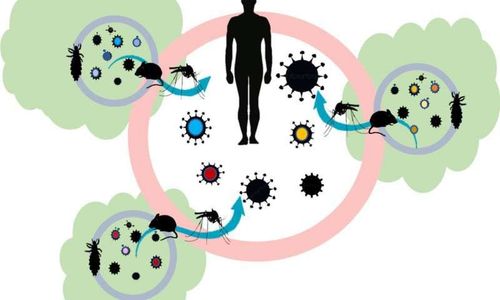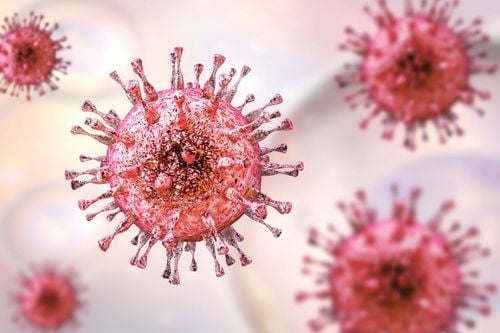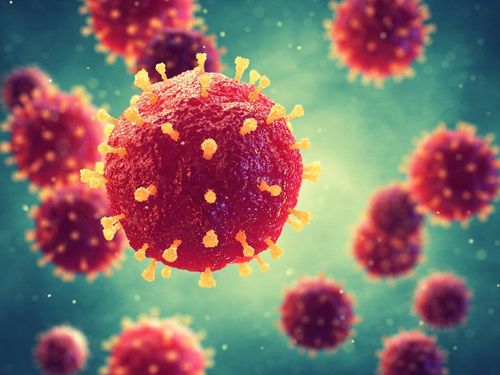This is an automatically translated article.
The method of epidemiological research is carried out based on a systematic approach. Simply put, epidemiologists need to do the job that is to count, divide and compare health cases or events. However, this job is not easy at all.
1. Basic epidemiological research methods
Like other scientific research, epidemiological practice should be based on a systematic approach to information. Simply put, the epidemiologist needs to do the following specific jobs:
Count: Is to count health cases or events and describe them in terms of time, place, and person. Divide: Is to divide the number of cases with an appropriate denominator to calculate the ratio. Comparison: Compare these rates over time or for different groups of people. However, in order to count cases, the epidemiologist must determine who is considered a case. To do this, they need to come up with a case definition. Then use this case definition to find and gather information about patient cases.
Once the data has been collected, the epidemiologist will perform a descriptive epidemiological study to describe cases by time, place, and person. To calculate the incidence, they would divide the number of patients by the population size of a particular area.
Finally, to determine if the prevalence of this disease is greater than what is commonly seen, and to identify factors contributing to this increase, the epidemiologist compares rate from this population to that of an appropriate comparison group, using techniques of analytical epidemiological research methods.
2. How to define a case in an epidemiological study

Xác định các tiêu chí tiêu chuẩn để phân loại xem một người có bệnh truyền nhiễm
2.1.Define a case As noted above, in order to count cases, the epidemiologist needs to determine what is called a case. This is done by giving a specific case definition.
A case definition is a set of standard criteria for classifying whether a person has an infectious disease, syndrome, or health condition under study. Using an agreed-upon standard case definition will ensure that all cases are equivalent, no matter when or where, or whoever defines the case.
With a standard definition, researchers can record the number of cases at a time or place to compare with the number or incidence of illness in another time period or in a location other.
2.2.Components of a case definition for an outbreak investigation A specific case definition includes clinical examination criteria and sometimes time, location, and person limitations.
Clinical criteria often include laboratory tests to confirm if other symptoms or signs are present or associated. Case definitions used during outbreak investigations are more likely to be limited in time, place, and/or people.
Both surveillance case definition and epidemic case definition require clinically compatible and confirmed disease. There are many disease case definitions that require laboratory confirmation. However, this is not always necessary, because in fact some diseases do not have specific test results.

Tiền sử gia đình có nguy cơ cao có thể được đánh giá và nhắm mục tiêu cho can thiệp đặc biệt
2.3.Criteria in case definition A case definition can have several sets of criteria, survival depending on a certain level of diagnosis. During the investigation period, some cases may be developing, with some existing symptoms not enough to be called a case, but before these cases are called suspected disease.
Some cases may be classified as suspect or may be turned into a real case pending lab results. After the lab provides the results, the suspected cases can be determined as a case or not at all.
2.4. Using Numbers and Rates As noted above, one of the fundamental tasks in public health is to identify and quantify cases. These metrics, typically derived from case reports submitted by paramedics and laboratories to health departments, to determine the extent and extent of disease occurrence over time, location, and person. .
Counting cases is also valid for health planning for a specific area. For example, numbers are collected by researchers, who then make decisions about the prevention of diseases and other health risks.
Ratio is also useful to compare the occurrence of disease in different time periods. This will show how sick you are and how the risk affects the community.
Those groups that are considered high-risk can be assessed and targeted for specific interventions. High-risk groups will tell us that can also be studied to determine some risk factors such as age, health conditions, family history,...
Vinmec International General Hospital With a system of facilities, modern medical equipment and a team of experts and doctors with many years of experience in medical examination and treatment, patients can be assured of examination and treatment at the Hospital.
Please dial HOTLINE for more information or register for an appointment HERE. Download MyVinmec app to make appointments faster and to manage your bookings easily.
References: cdc.gov, apps.who.int
MORE
Core function of epidemiology How do vaccines help strengthen the body's immune system? Physical activity is the best way to strengthen the immune system













